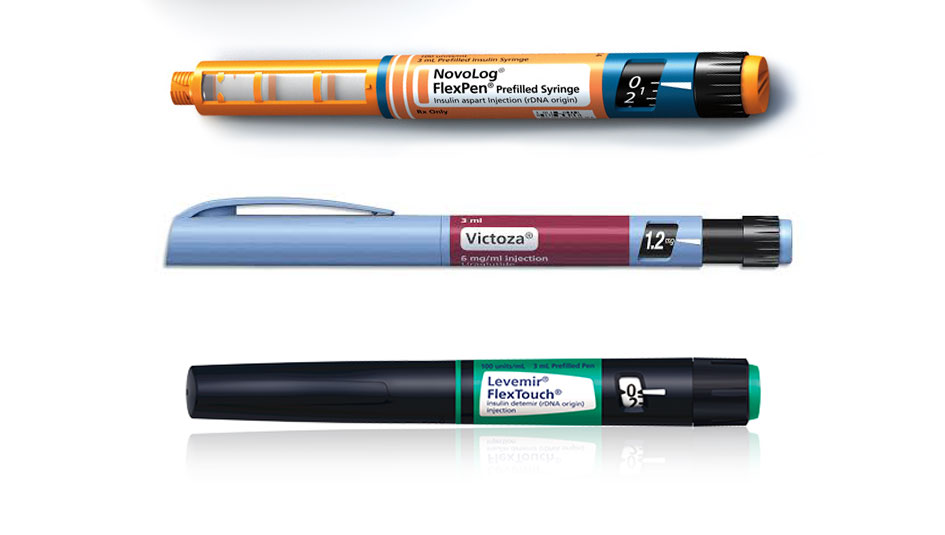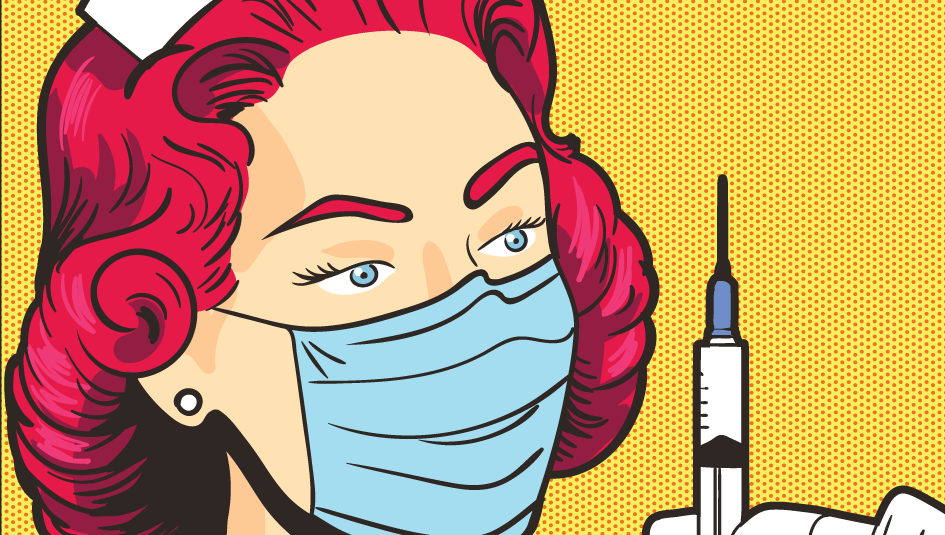Understanding the Difference Between Type 1 Diabetes and Type 2 Diabetes
Type 1 Diabetes and Type 2 Diabetes have related symptoms, and while each disease originates differently, they are often confused

Shortly after I was diagnosed with type 1 diabetes, I was talking to one of my parent’s friends. She was a nurse and had some tips for me concerning my new disease. She told me the most important thing I could do for myself was to moisturize my feet every day.
Really? Lotion is the key to surviving T1D?
I was baffled. Here was a person in the medical profession who’s understanding of the difference between type 1 and type 2 was so hazy that she thought the biggest threat to a young, newly diagnosed type 1, was neuropathy and amputation.
It was probably best that it happened this way. She was a friend and trying to be kind. So I had to take the advice with a smile and say nothing. It was good practice for the next five million times people would confuse my disease with a completely separate illness of a similar name.
What Is Type 1 Diabetes?
Type 1 diabetes, formerly referred to as juvenile diabetes until people started getting diagnosed well into their adult years, is an autoimmune disease. (Before you ask because someone has asked me before, AIDS stands for acquired immune deficiency syndrome, NOT autoimmune disorder.)
Similar to multiple sclerosis, rheumatoid arthritis, lupus, and IBD, T1D results when a person’s immune system begins attacking their body’s own cells. In this case, the beta cells located in the pancreas.
These cells are responsible for making insulin, a hormone which allows glucose (sugar) to enter various muscle and organ cells throughout the body. As these beta cells are killed off, the body produces less and less insulin causing glucose to accumulate in the blood in dangerous amounts.
Eventually, the immune system will kill all the beta cells, making it impossible for a T1D to create their own insulin. In order to maintain normal blood sugar levels, type 1s must take insulin through injection or by using an insulin pump.
While there are some promising studies happening right now, there is no cure for T1D.
Once your beta cells are gone, no amount of dieting, exercising, keto-obsessing, or anything else will bring them back.
People who get T1D are genetically predisposed to it, though scientists believe certain other factors have to be present to trigger it. But, there is nothing a person can do to prevent the disease from happening if it’s going to happen.
What Is Type 2 Diabetes?
Type 2 diabetes, on the other hand, is not an autoimmune disease. In fact, the basis of Type 2 doesn’t have all that much to do with the pancreas.
T2D occurs when the various muscle and organ cells in a person’s body build up a tolerance to insulin. Much like an adrenalin junky who needs more and more thrills to feel excited or someone on pain meds who is no longer affected by smaller doses. A person with T2D needs to make more and more insulin to do the job that a small amount of insulin could do before.
There are various reasons why this tolerance might occur. There is certainly a genetic factor involved, but lifestyle plays a huge part in whether a genetically predisposed individual will get type 2 or not. Eating a lot of unhealthy, processed foods or carrying excess weight can cause the body to perform less efficiently over time. Fat builds up, hormone systems malfunction, and the body goes into overdrive to compensate. This leads to more insulin being produced and, eventually, insulin resistance.
If you have no genetic predisposition to diabetes, you may experience a host of other health problems, but high blood sugar isn’t likely to be one of them. If you are genetically predisposed, your blood sugar will probably start to rise.
Type 2 diabetes is treated with various oral drugs that increase insulin sensitivity and help flush glucose out of the body. In cases where the pancreas is really struggling to create enough insulin to compensate, a T2D might even have to take injectable insulin. In many cases, exercise and a healthy diet can help reverse the disease.
You Can’t Go From Type 2 Diabetes to Type 1 Diabetes
I would love to go back in time and have a word with whoever named these two diseases. What on earth were they thinking?!
Type 1 and type 2 diabetes are related in symptoms only. They both cause high blood sugar which leads to similar long-term and short-term problems.
BUT, the mechanisms behind each disease and the treatment for them are completely different.
It’s like calling E. coli and dysentery by the same name. Sure, they both cause severe diarrhea and stomach pain, but the little bugs responsible for each are very different.
I don’t blame anyone unfamiliar with the diseases for thinking that they are different stages of the same syndrome. Like stage 3 and stage 4 cancer. But they aren’t stages. They are completely unrelated diseases.
You can’t go from one type to the other any more than your cold can turn into the measles. If you are seriously unlucky you could theoretically get both diseases simultaneously and have severe insulin resistance to the insulin you have to inject because your immune system killed all your beta cells. But that rarely happens.
What’s in a Name?
No matter which type of diabetes you have, if you’ve told people about it you’ve probably gotten a response like this: “Oh, that’s the bad one right?”
I absolutely loathe this comment.
First off, all diseases are bad, that’s what makes them diseases and not superpowers. Secondly, “worseness” is in the eyes of the beholder. Of course, I think type 1 is worse. I have to live with the required needle pricks, finger pricks, carb counting, headaches, confusion, fatigue, and the weight of my impending and early demise from this incurable illness.
But, I’ve also never lived with type 2. I’m sure having to drastically change your lifestyle to avoid horrible symptoms and debilitating complications also feels pretty “bad.”
Most importantly though, I hate this question because these two diseases shouldn’t even be compared in the first place. You wouldn’t ask someone if their heart disease was worse than arthritis, would you?
I am all for changing the names of these diseases. I vote that type 1 be henceforth called “autoimmune induced dead pancreas disease.” And type 2 be referred to as “I didn’t get this disease from eating too much candy now please stop talking to me.”
Or something like that anyway.







